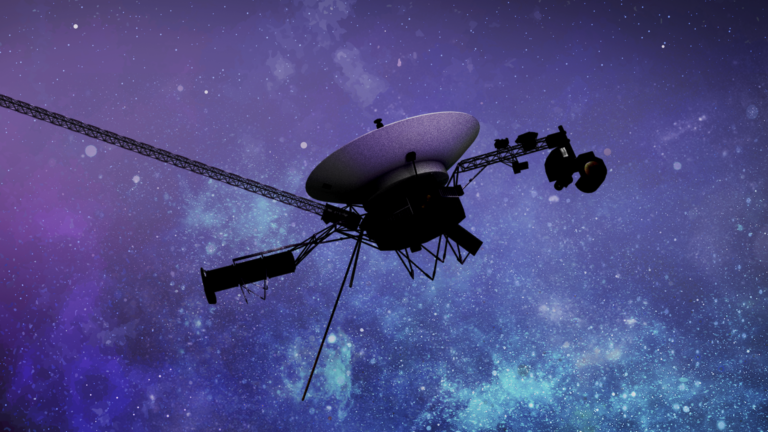New signal may contain clues to source of NASA's Voyager 1 communication issue

- Country:
- United States
NASA's veteran spacecraft Voyager 1 has been grappling with an issue with one of its three onboard computers, called the flight data system (FDS). The glitch is preventing the system from communicating properly with one of the probe's subsystems, called the telecommunications unit (TMU), due to which no science or engineering data is being sent back to Earth.
FDS is responsible for packaging the science and engineering data before it’s sent to Earth by the telemetry modulation unit. In an update shared on Wednesday, NASA revealed that the mission team recently sent a "poke" to prompt Voyager 1's flight data system and received a signal that differed from past attempts. An engineer with the agency's Deep Space Network (DSN) decoded the new signal and found that it contains a readout of the entire FDS memory.
The team will compare this readout to the previous one when the spacecraft was operating normally and look for discrepancies in the code and the variables to potentially find the source of the ongoing communication glitch.
"The team is analyzing the readout. Using that information to devise a potential solution and attempt to put it into action will take time," NASA said in a statement.
An update on my twin #Voyager1: The team recently sent a "poke" to prompt V1's flight data system (FDS) and received a signal that differed from past attempts. A DSN engineer helped decode this signal, which may contain clues to the source of the issue: https://t.co/tDWLtmu6D2 pic.twitter.com/fwL59We1nf
— NASA Voyager (@NASAVoyager) March 13, 2024
Launched in 1977, Voyager 1 and its twin probe, Voyager 2, are the two longest-operating spacecraft in history. The spacecraft is currenlty more than 15 billion miles (24 billion kilometres) away from Earth and because of this vast distance, it takes 22.5 hours for a radio signal to reach the spacecraft and another 22.5 hours for the probe’s response to reach antennas on the ground.
- READ MORE ON:
- Voyager 1 communication issue
- NASA Voyager 1
- Deep Space Network
- NASA










